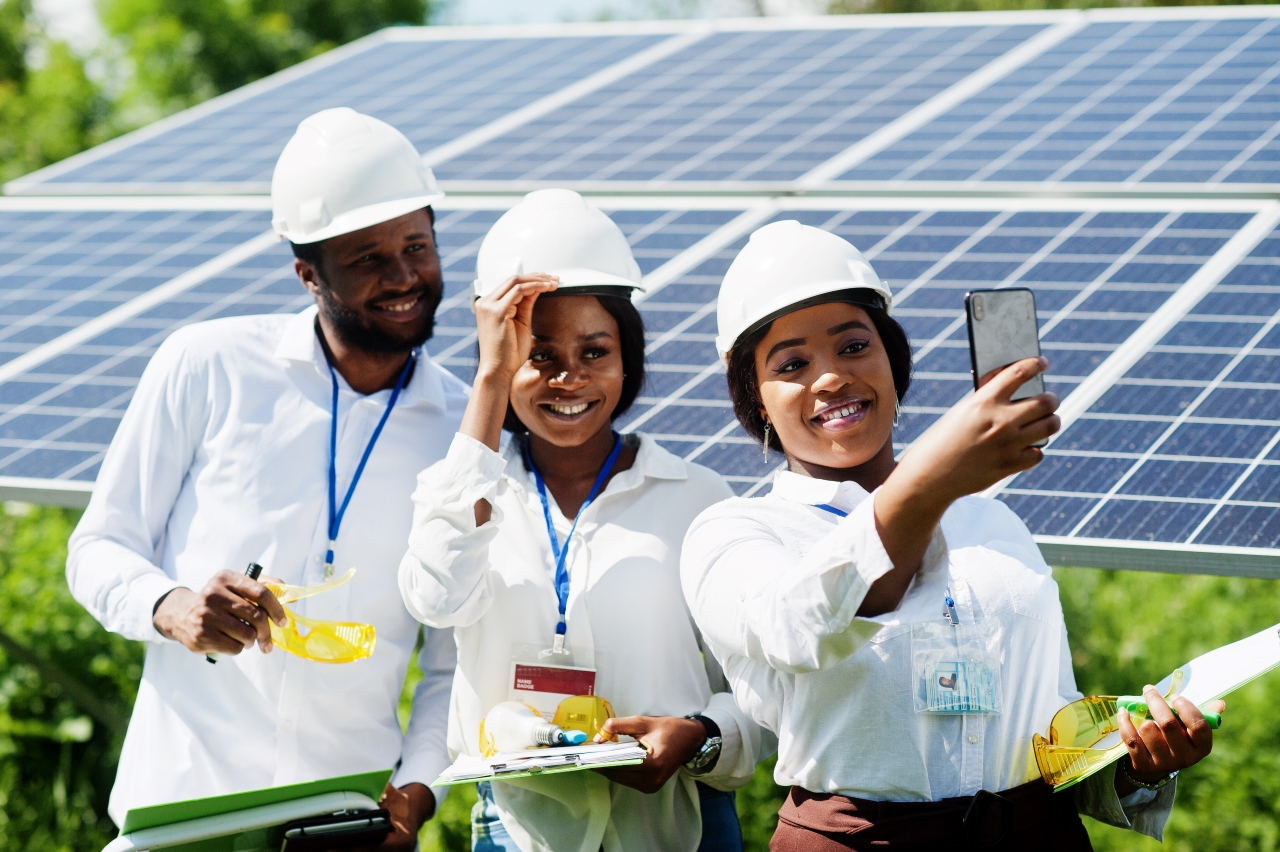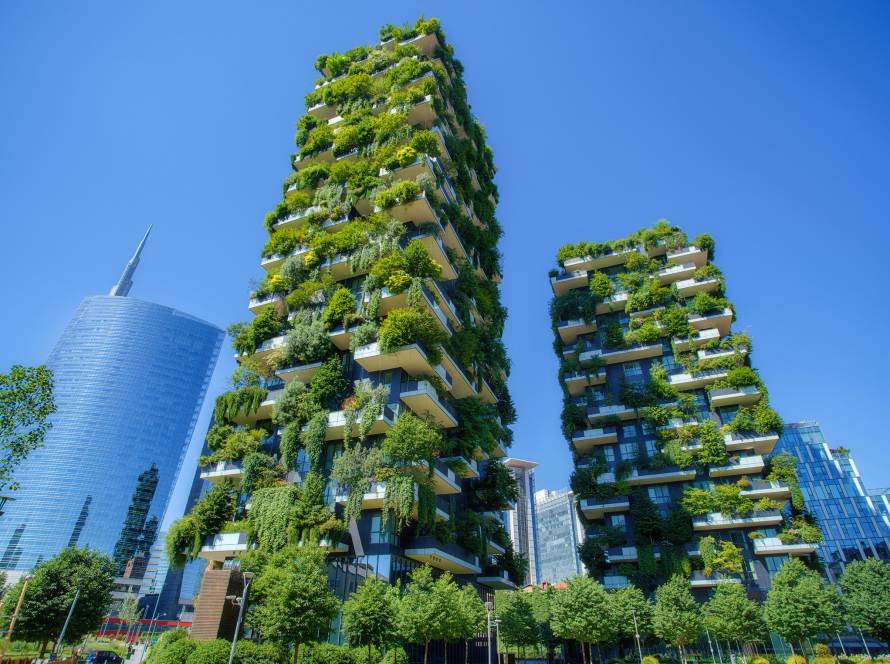A
s the United Nations’ 2030 Agenda for Sustainable Development passes its midway point in 2024, the imperative to “leave no one behind” reverberates with profound urgency. Despite pockets of progress over the past decade, glaring inequalities continue depriving billions of people across income levels, genders, racial groups, and geographic divides of their fundamental human rights and dignities.
Global inequality is not just corrosive to social cohesion and equitable development – it’s an existential human rights crisis. Persisting socioeconomic disparities and systemic discrimination obstruct pathways out of intergenerational poverty traps, amplify democratic deficits and instability, and relegate populations to the frontlines bearing disproportionate impacts from climate change and environmental degradation.
This year’s data paints a sobering picture of how far the world remains from achieving the transformative vision of Sustainable Development Goal 10 of Reducing Inequalities. Concerted multi-stakeholder actions leveraging all available policy tools must be undertaken to comprehensively dismantle barriers and level playing fields across all dimensions of human development and societal participation.
Income Inequality: A Widening Global Chasm
While absolute poverty rates have gradually improved over the past decade due to concentrated programs and economic growth in some emerging markets, the gap separating the world’s haves and have-nots has only intensified. Globally, the wealthiest 1% of individuals continue accumulating over twice as much wealth as 6.9 billion people comprising the bottom 90% of the population pyramid.
Income inequality measured by the Gini index has also worsened across both emerging and advanced economies over the past five years. In 2023, 32 low and lower-middle income countries recorded Gini coefficients exceeding 0.5, a statistical benchmark connoting severe income concentration and exclusion from economic participation.
“Many of our longstanding models for spurring economic development and alleviating poverty have clearly fallen short in recent years despite GDP growth rates,” said Dr. Jayati Ghosh, Secretary of the United Nations Committee for Development Policy (UN CDP). “Trickle-down has failed – without progressive taxation, adequate social safety nets, and inclusive financial systems, the enrichment of top earners continues unabated while tens of millions slip deeper into destitution each year.”

Regional Disparities: The Gap Between Rich and Poor Nations Persists
Income inequality among countries remains acute, with deprivation traps persisting for many lower-income nations despite economic expansion over the past decade. In 2023, the average income of citizens in North America and Europe was 24 times higher than the average citizen of Sub-Saharan Africa after accounting for Purchasing Power Parity (PPP).
Divergence in human capital, financial and productive capital accumulation, and adaptive capacities between developed and developing countries acts as a profound drag on poverty reduction and resilience. Impoverished countries lacking robust physical infrastructure, industrialization, healthcare and education systems face endemic disadvantages hindering economic diversification, lower emissions pathways, and sustainable development overall.
You cannot fix what you cannot measure. Our communities have remained invisible in many national development strategies, subjecting generations to cycles of discrimination, displacement, resource extraction, and human rights abuses.
Notable exceptions like Vietnam and Bangladesh demonstrated the transformative potential of strategic investments bridging capability divides, catapulting millions into sustained economic mobility. However, such breakthrough examples remain outliers in an international development paradigm too often undermined by fragmented resource allocation and inertia around systemic reforms.
Gender Gaps: Progress Too Slow
Glaring gender inequalities in workforce participation, educational attainment, property ownership, and political representation persisted in 2024, jeopardising decades of hard-won advances towards parity. Insufficient domestic resource mobilisation and accountability mechanisms have hindered decisive action from many governments while community discrimination, sociocultural norms, and vested interests propagate exclusion.
According to International Labour Organization (ILO) data, labour force participation rates of working-age women across emerging economies averaged 56% in 2023, compared to over 75% for similarly-aged males – with the largest disparity in South Asia and the Middle East. These employment gaps severely constrain female economic empowerment and household income mobility.
Additionally, although primary and secondary education enrollment rates have reached parity across most regions, quality divides dictated by income levels continue propagating upper limits on girls’ STEM fields participation critical for economic mobility. Gender pay gaps remain entrenched features of labour markets worldwide, impacting women’s accumulation of productive capital.
“Guaranteeing meaningful rights and opportunities for women and girls to engage equitably across all dimensions of civic, economic, and political life remains one of the world’s most glaring policy implementation deficits,” said Dr. Sarah Hendriks, Director of the UN Women’s Policy Division. “Despite global commitments and legal frameworks, discriminatory patriarchal systems and social biases continuously undermine progress, requiring intensified whole-of-society approaches mainstreaming feminist priorities across development planning and governance.”
Racial, Ethnic, and Indigenous Inequities: Pervasive and Under-Addressed
Even within national contexts, pronounced disparities persist along racial, ethnic, and indigenous demographics – fueled by systemic discrimination, spatial segregation, and unequal access to economic opportunities, public services, and democratic representation. Recent years have vividly illustrated the disproportionate burden crises like climate disasters inflict upon marginalised communities already suffering multi-dimensional deprivations.
In the United States, disaggregated data revealed yawning economic gaps, with median White households holding over 7 times the household wealth of Black and Hispanic counterparts. Similar divides shadow indigenous, Afro-descended, and other visible minorities across North and South America, fueling compounding exclusion from access to quality healthcare, housing, education, and legal protections.
Even as progress unfolds gradually in some nations, data deficits around measuring and prioritising racial/indigenous equity remain pervasive development planning failures, masking entrenched disadvantages. Recent UN assessments estimate only one-quarter of governments currently track progress through disaggregated population metrics.
“You cannot fix what you cannot measure,” stated Wanun Pericles Lopez, Executive Director of the Global Alliance of Territorial Communities. “Our communities have remained invisible in many national development strategies, subjecting generations to cycles of discrimination, displacement, resource extraction, and human rights abuses.”


